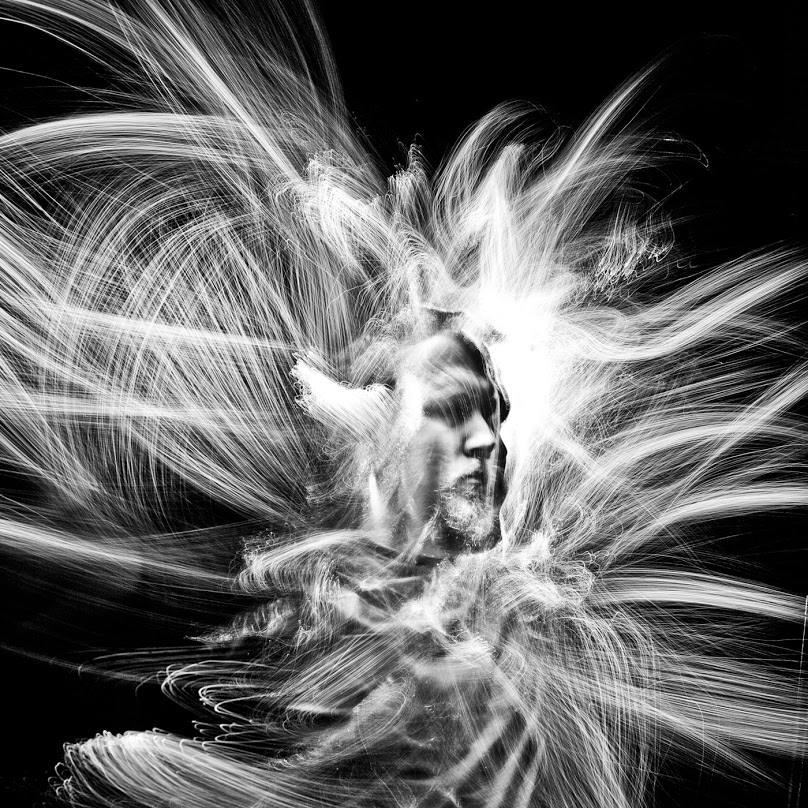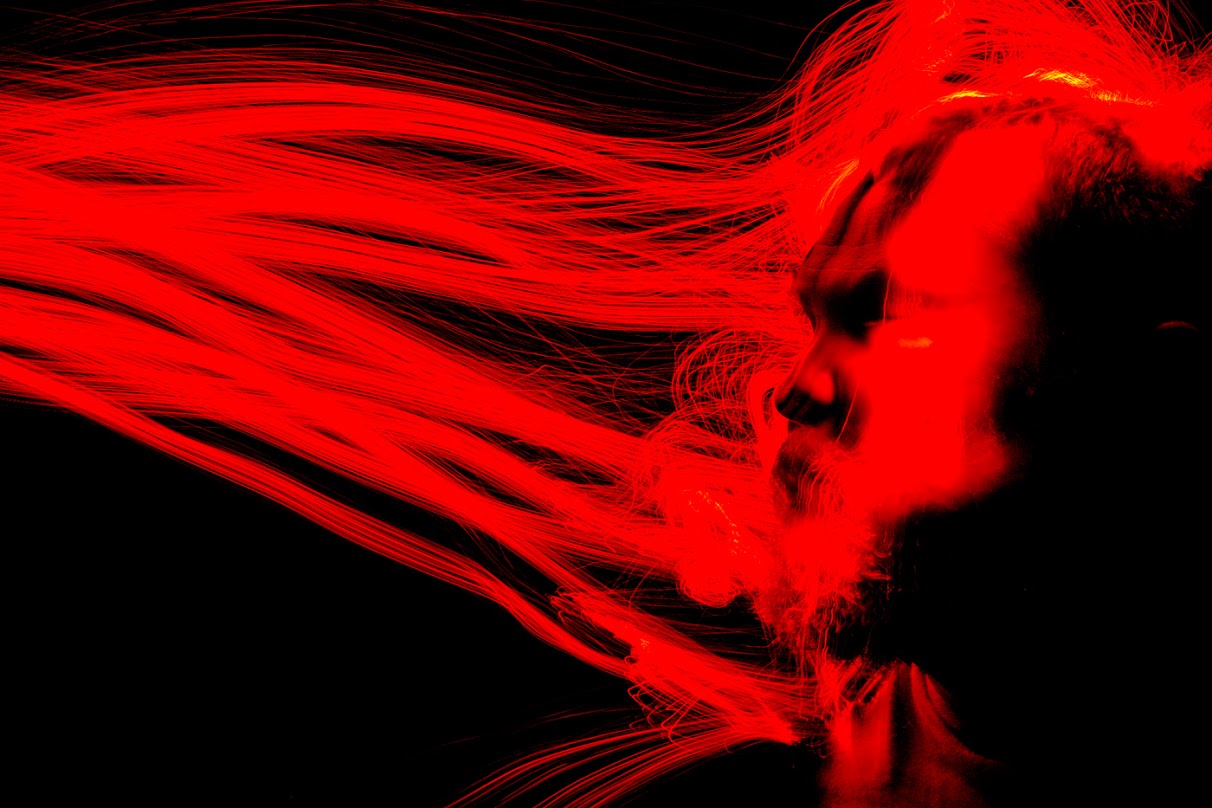Alex Deforest began photography in high school and after being immediately captivated by it and some early competitive successes, he earned a degree in digital photography from the International Academy of Design and Technology in 2006. Alex is most well-known for using “light painting”, a photographic technique in which light is combined with long exposures to paint glowing streaks in mid-air.
We interviewed Alex to learn more about this unique brand of photography, and pick his brain for some of his insights on photography in general.
Q. How did you first get into photography?
I chose photography as an elective in high school. I had so much fun learning the camera functions, developing of the film and experimenting in the darkroom. Of course things have changed quite a bit with digital photography, but black and white film photography in high school is where it all started.

Q. You actually earned a degree in digital photography from the International Academy of Design and Technology. What aspect of this experience stays with you the most when you work on your current projects?
Lighting techniques, knowing what equipment is best suited for each situation and why. A great camera does not necessarily produce great photos; the art is in the manipulation of the camera and equipment, not in the specs. There is a lot more to photography than the camera.

Q: Can you describe briefly to our community what light painting is all about?
Light painting is a long exposure photo typically taken in a very dark environment. Exposures can range anywhere from 1 second to many minutes. During this long exposure the artist moves a light (or series of lights) around as if they were painting a scene while surrounded by darkness.
Using the technique of light painting the artist can paint or sculpt forms within the image. The artist controls whether an element remains cloaked in darkness or accentuated by light. Deep contrast between light and dark can be used to emphasize forms in a very abstract manner. Often varying intensities, colors, and textural patterns of light are used to tell the story.

Q. How did you personally get interested in making your own light-painting portraits?
I always knew of the ability to create images with moving lights and long exposures. I didn’t begin to take interest until I found an article with some images of Picasso doing light painting drawings captured by Gjon Mili. I found light painting master Patrick Rochon in my research, and I recognized the potential for portraits to be unique and powerful. My first subject was myself.

Q. What is the most interesting thing you’ve learned about light painting since you first started it (conceptually or technically)?
Light painting is limitless. Even my mistakes sometimes intrigue me and lead me down another path. There are no rules.

Q. You also do standard portraiture. What is the most important skill necessary for a great portrait?
For a “great” portrait it’s necessary to capture the subject’s personality, emotion, distinct presence; something that makes it more than just an image of a person. Technically speaking, I feel lighting is one of the most crucial elements of a portrait.

Q. You have done quite a bit of work with still-life. Tell us about more about it.
Still life is fun. Most things present a challenge; is it reflective? What type of light would bring out its texture? Can it be properly captured in one image? My biggest pet peeve is a still life that is unintentionally dirty. Clean your subject and background thoroughly.

Q. What projects do you have planned in the future, or rather is there any specific subject or theme that you really want to shoot?
I have plans for full body light paintings, action shots, musician portraits and whatever else comes up.

Q. Do you have any words of advice to give photography enthusiasts that want to create great photography?
The lens is more important than the camera. Digital cameras will come and go. The quality of the glass you put on it can last forever. Take the time to learn about the genre of photography that interests you most. Practice and experiment, make something unique.



Learn more about Alex Deforest’s work by visiting: http://alexdeforest.wix.com/alexdeforestphoto




